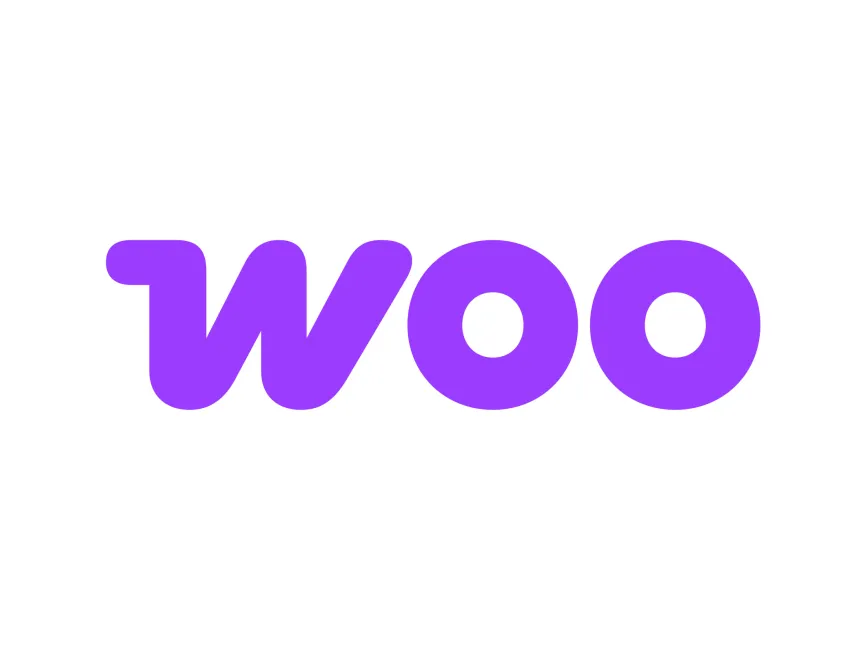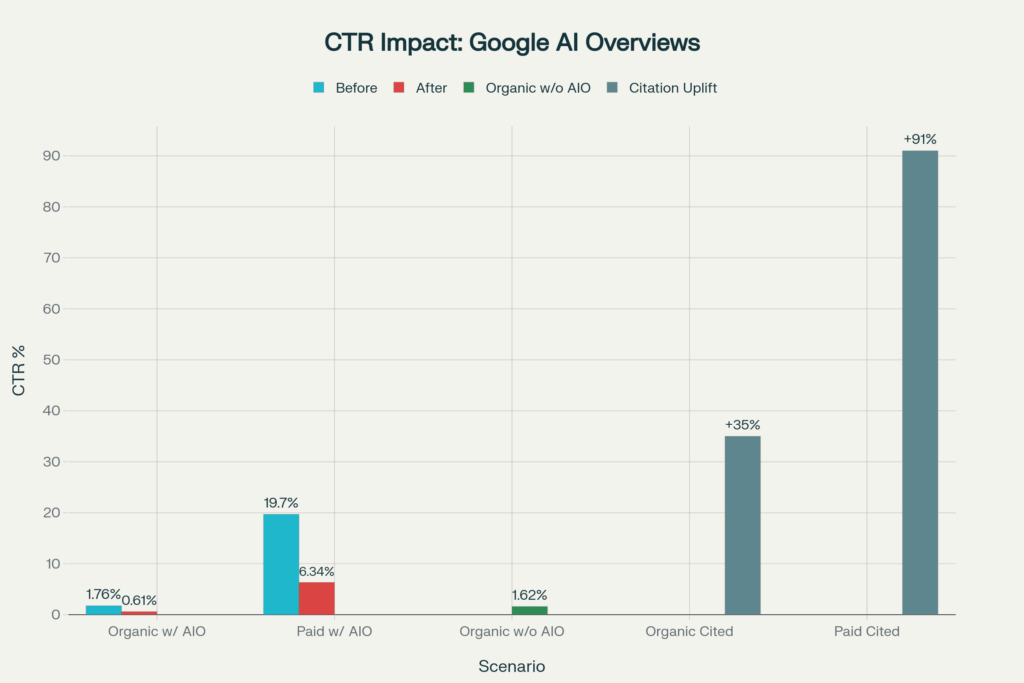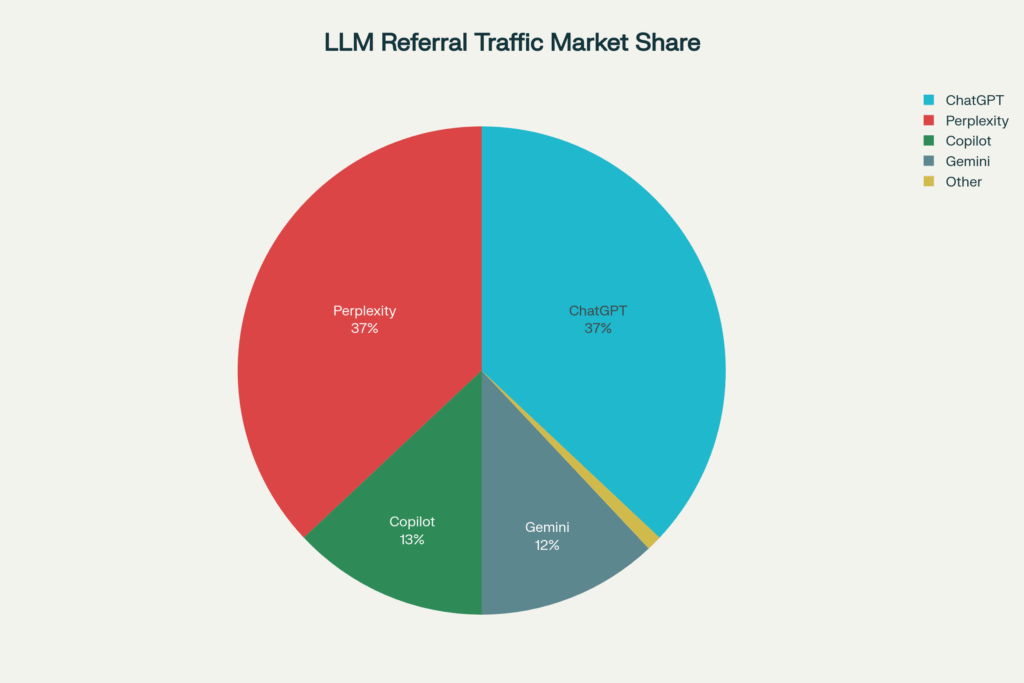The End of Clicks? A Business Guide to Generative Engine Optimisation
For years, the goal of search engine optimisation was simple: get to the top of Google and win the click. Recent shifts, however, are making that model somewhat obsolete. If you’ve noticed a drop in your website traffic from search engines, you are not alone. This is no temporary dip, it’s a fundamental change in how people find information online.
The widespread rollout of Google’s AI Overviews and the surging popularity of answer engines like ChatGPT and Perplexity are rewriting the rules. The data is clear and stark. Organic click-through rates (CTR) for informational queries that trigger an AI Overview have plummeted by 61%. Even more telling, paid search CTRs on those same queries collapsed by 68%.
The problem extends beyond Google’s own features. Users are increasingly turning to external AI platforms for answers, meaning the traffic lost from traditional search isn’t coming back. For UK businesses, this new reality demands a new strategy, one that moves beyond the simple pursuit of clicks and embraces a new discipline: generative engine optimisation.

The New Measure of Success: From Clicks to Citations
Within this challenging environment lies a powerful opportunity. The same study revealed a counterintuitive truth: brands that are cited as a source within a Google AI Overview experience a dramatic uplift in engagement. Specifically, brands cited organically earn 35% more clicks, and those cited in paid results get a staggering 91% more clicks than their uncited competitors.
This marks a profound shift in what “success” in search means. The old goal was a high ranking. The new goal is to become the trusted source that an AI uses to formulate its answer. Success is no longer measured solely by your rank, but by the frequency and quality of your citations within these new answer engines.
What is Generative Engine Optimisation (GEO)?
Generative engine optimisation (GEO) is the practice of creating and structuring your digital content specifically to be found, understood, synthesized, and cited by Large Language Models (LLMs – Like ChatGPT) and AI-driven answer engines. It’s a move away from simply pleasing a ranking algorithm and towards making your content machine-readable and highly authoritative.
While traditional SEO and GEO share some common ground, their core principles differ in important ways:
- Answer-First Content: Traditional blog posts often build up to a conclusion. GEO prioritises providing a direct, factual answer to a query within the first 40-60 words. LLMs favour content that is concise and immediately useful.
- Fact Density & Authority Signals: Content designed for GEO should be rich with verifiable facts, statistics, and citations. This reinforces your E-E-A-T (Experience, Expertise, Authoritativeness, Trustworthiness) signals, which AI platforms weigh heavily when choosing sources.
- Platform-Specific Optimisation: Different AIs use different sources. While Google's AI Overviews lean on existing top-ranking content, other platforms like ChatGPT and Perplexity pull from a wider range of sources, including community forums and academic papers. A smart GEO strategy considers these differences.
The Technical Foundation for Generative Engine Optimisation
This new approach is a technical one. This is where many businesses and their marketing partners fall short. To effectively optimise for AI Overviews, your website’s technical foundation must be solid, often requiring expert Website Development Services to ensure speed, security, and performance.
The Role of Structured Data (Schema)
While not a direct ranking factor for LLMs, structured data (schema markup) is vital. It acts as a clear set of labels for search engines and AI, explicitly defining what your content is about. It helps an AI understand that Barrett Solutions is an Organisation, that “Custom WooCommerce Functionality” is a Service, and that this text is an Article. This clear entity recognition across your website, Google Business Profile, and other platforms makes it far more likely for an AI to cite your information accurately. Often, implementing advanced schema requires tailored solutions for business growth that go beyond standard website settings.

Technical Readiness for AI Crawlers
Your website needs to be open for business to AI crawlers. This means ensuring your robots.txt file explicitly allows bots like GPTBot and PerplexityBot. The emerging llms.txt standard allows you to provide guidance to these bots, pointing them towards your most authoritative and relevant content, a key part of any modern AI SEO strategy UK businesses should be adopting.
The Human-in-the-Loop Imperative: Why AI Cannot Drive Strategy Alone
It is tempting to think that the answer to AI in search is simply more AI. However, relying on unmanaged AI to generate your content is a significant risk. Without expert human oversight, AI-generated content can be factually inaccurate, dilute your brand’s voice into a generic monotone, and even incur penalties from Google for low-quality output.
At Barrett Solutions, we operate on a human-in-the-loop content strategy. This hybrid model uses AI as a powerful tool, but keeps human experts firmly in control of strategy and quality. This entire approach is a core part of our SEO & Marketing Services.
- Strategy is Human-Led: Our team defines the content goals, audience needs, and your unique brand voice.
- Generation is AI-Assisted: We use AI tools to work over initial drafts, compile research, and structure data, freeing up our human experts for higher-value work.
- Review is Human-Controlled: It’s important to fact-check, validate claims, and ensure every piece of information is accurate before publication.
- Refinement is Human-Perfected: Our writers and strategists edit every piece to ensure it aligns with your brand voice, resonates emotionally, and is optimised for both GEO and traditional SEO.
- Analysis is Human-Guided: We track the results – citations, traffic, conversions – and use that data to refine and iterate on the strategy.
This approach allows us to produce high-quality, authoritative content and site infrastructure at scale, without sacrificing the accuracy and brand integrity that are essential for long-term success. Effective generative engine optimisation requires this balance.
A Practical Plan for UK SMEs
Adapting to this new landscape doesn’t have to be overwhelming. A phased approach allows you to manage risk and maximise returns:
- Phase 1: AI Visibility Audit: We establish baseline metrics, tracking your current citations in Google AI Overviews, ChatGPT, and Perplexity for your key business queries.
- Phase 2: Content & Technical Optimisation: We identify your most common customer questions and create GEO-optimised answers. We also ensure your website's technical setup (schema, robots.txt, etc.) is ready for AI crawlers.
- Phase 3: Authority Building: We develop high-value informational content designed to be cited, focusing on solving customer problems rather than direct product pitches.
The Early Mover Advantage in the Age of AI Search
The way customers find businesses online has changed for good. The old metrics of clicks and rankings are becoming less reliable indicators of success. The new goal is to become a trusted, cited authority in your field. Businesses that embrace generative engine optimisation now, using a smart, human-led approach, will build a formidable competitive advantage.
The competitive space for AI citations is still relatively open. By acting now, you can establish your brand as a preferred source for AI answer engines, creating a “citation moat” that will be difficult for competitors to overcome later. If you’re already seeing referral traffic from platforms like ChatGPT, it’s a clear signal that the time to build a dedicated strategy is now. The future of your digital visibility depends not just on being found, but on being the answer.
A Foundation of Reliable Technology
It’s also important to remember that all these advanced digital strategies rely on a stable, secure, and high-performance technical foundation. Slow servers, network issues, or security vulnerabilities can undermine even the best GEO strategy. Ensuring your IT infrastructure is robust and professionally managed is the essential first step before tackling advanced SEO and content optimisations.
Is your business prepared for the new era of search? Contact Barrett Solutions today for a ‘Future of Search’ strategy session. Let’s build a plan to get your brand cited, not just clicked.
Email: info@barrettsolutions.co.uk or contact us via Our Form


SaaS for Small Business: Using, Choosing, and Building Software
Not so long ago, acquiring new business software meant buying a physical box containing a disc. You would install it on a specific computer, and that was that. Today, the way businesses access and use technology has fundamentally changed.

The End of Clicks? A Business Guide to Generative Engine Optimisation
For years, the goal of search engine optimisation was simple: get to the top of Google and win the click. Recent shifts, however, are making that model somewhat obsolete. If you’ve noticed a drop in your website traffic from search engines, you are not alone. This is no temporary dip, it’s a fundamental change in how people find information online.

Beyond Off-the-Shelf: Custom WooCommerce Functionality
WordPress and WooCommerce offer incredible power to UK businesses, providing a flexible and scalable foundation for e-commerce. The vast library of available plugins promises a solution for almost any requirement. But many business owners know the reality: you install a plugin to solve one problem, another to solve a second, and a third to bridge the gap between them.

Bridging the Signal Gap: A Case Study on Delivering Wi-Fi for Metal Buildings
Wi-Fi should be simple. In most modern offices, it’s a utility we take for granted. But what happens when the very structure of your building is designed to block the signal? This is a common, frustrating reality for many UK businesses operating from warehouses, industrial units, or modern metal-clad offices.


